As fun as making our favorite recipes is, not everyone looks forward to cleaning up. And this process can be especially tasking when you have food stuck on pan, grill, or dish surfaces. Enter the magical cooking spray. It’s a fast and convenient solution to the alternative of rigorous scrapping of burnt food from kitchen equipment.
But various reasons may prompt the need to do without cooking spray. And in such cases, you’ll need to find a quick replacement. Here, we’ve listed several handy ingredients in your kitchen that will work just as well. And you’ll also learn why these substitutes are so effective at replacing this handy item.
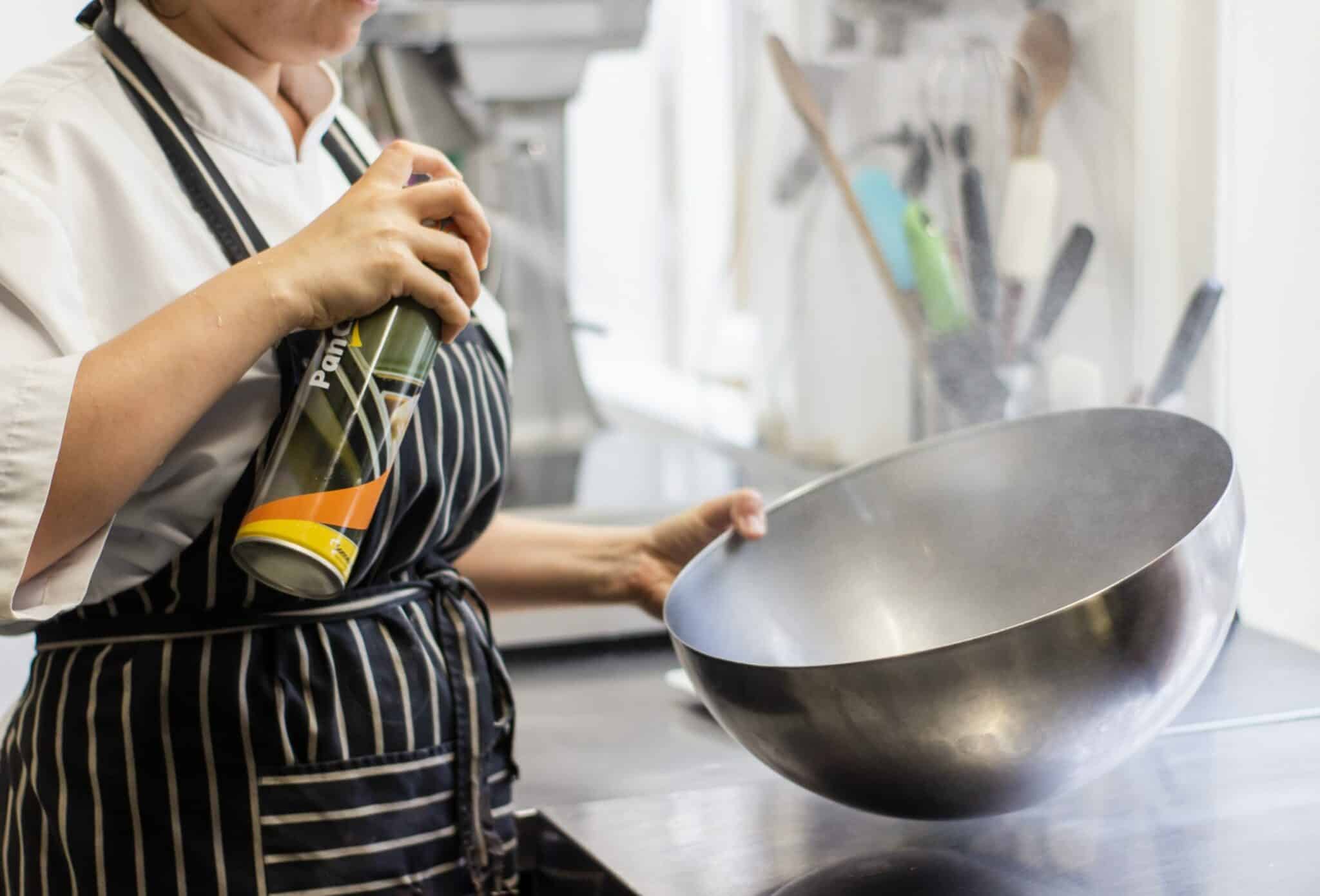
Cooking Spray Nutrition Facts
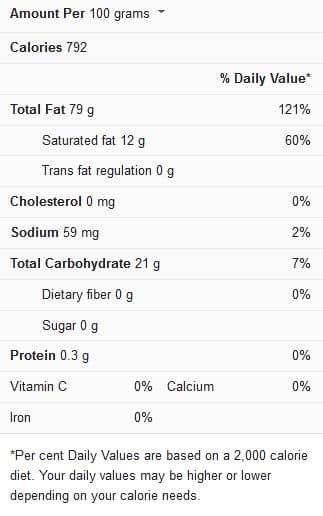
What is cooking spray?
Cooking spray is a lubricant fluid used for coating cookware surfaces before food preparation. This essential kitchen tool is primarily oil-based and adds a thin coat of grease to the cooking surface, so food doesn’t stick. The emulsifier isn’t only used on frying pans but can also be applied on grill racks, baking dishes, baking trays, skillets, waffle irons, and air fryers. And while most products come in a compressed aerosol can, some may be presented in dispenser spray bottles.
Generic cooking spray products don’t only contain oils. You’ll also find on their composition list an anti-foaming agent like dimethyl silicone. Propane or butane is also present in the cooking spray formula and acts as a propellant. All these ingredients allow the spray to be suspended on cooking surfaces in a light, even film.
Cooking spray uses
Cooking sprays are primarily for lubrication purposes and barely add any extra calories or ingredients to recipes. And because only a tiny amount is used, you hardly need to worry about excess oil in your dish. Plus, the base oil is mostly of high smoking point and works for high-temperature frying recipes. It’s also ideal in baking procedures and holds well on grill racks, so meats, fish, and vegetables don’t stick to the rails.
When the cooking spray is applied to a cookware surface, there’s very little chance of it getting burnt. Without it, the cooking surface will be left with charred pieces of food material that can be a pain to get out. Plus, scrubbing or scrapping this burnt item can damage the cookware, which you can prevent by adding cooking spray. And these properties are also why the lubricant is also commonly called the non-stick spray.
View this post on Instagram
Cooking Spray Substitutes
You’d need a substitute for cooking spray in times when you’ve run out of it. You may also be worried about the additional propellant or agents in the product’s formula. Plus, you may be sceptical about the kind of oil that serves as the base for this kitchen tool. And many people wish to prevent the possible addition of extra fat to their recipes and completely omit cooking spray as an option.
In these and many other cases, try out any of these alternatives for your emulsification purposes.
Parchment paper

This item has come a long way to become an indispensable kitchen tool. And because it’s very affordable, it’s an ideal way to prevent food from sticking when you cook. Most parchment paper comes with a thin wax coating on both sides, providing the lubrication desired in cooking spray. And it’s a perfect option for times when you don’t want extra oil on your cookware or your food.
Parchment paper is also applicable in lots of cooking processes. You can lay it over a baking sheet or pan before arranging the food for cooking. And some particular types are produced for use in the air Fryer. These have small holes that allow the hot air to circulate successfully in the air fryer.
Cooking oil
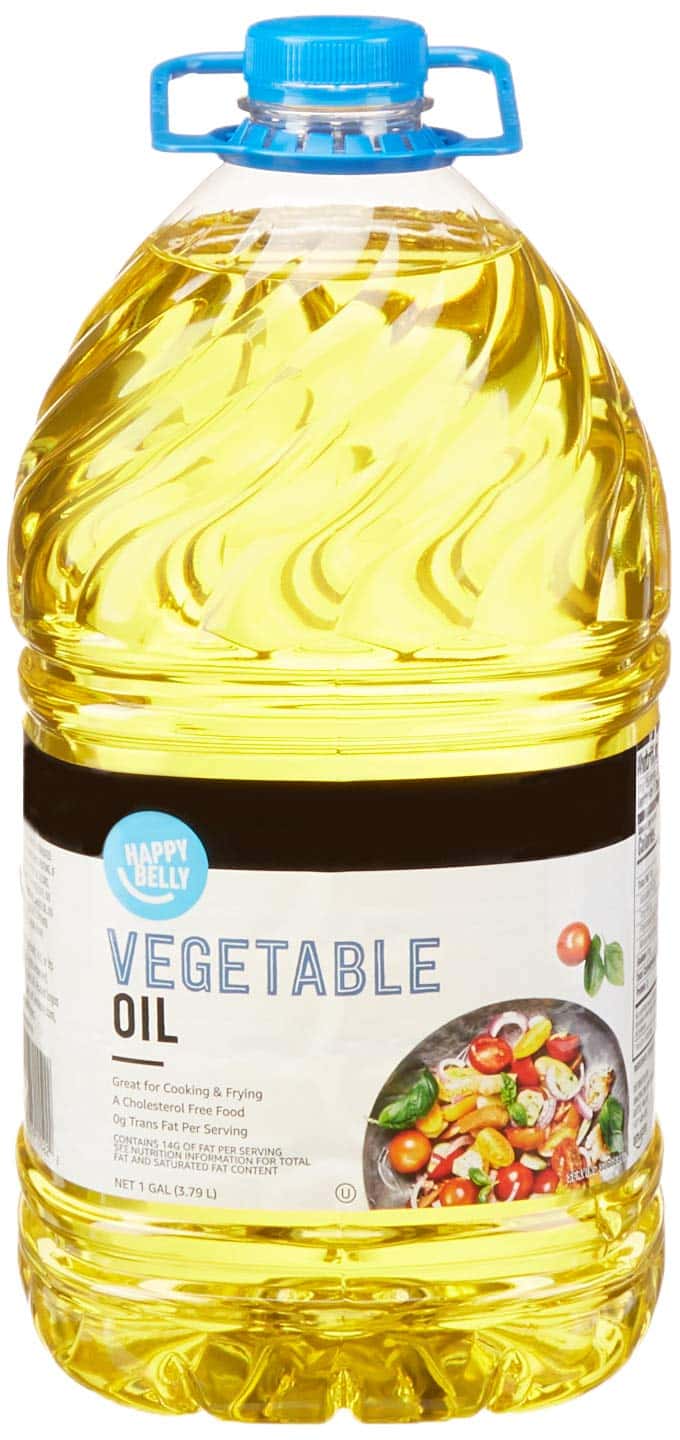
Brushing or rubbing a thin layer of oil to the cookware surface makes an excellent substitute for cooking spray. And since the latter is based on this ingredient, you get the same effect. Cooking oil, however, needs to be correctly measured for this use, and most times, only a few drops are all you need. And you can pick any type you like, from regular ones like canola and corn to healthy alternatives like avocado and olive oil.
Note that when using cooking oil to replace non-stick sprays, the taste may affect your cooking. It’s why most regular oils are recommended, as they come with a neutral flavor. If you must use strong-flavored cooking oil, be sure that it will complement the dish’s taste.
Butter
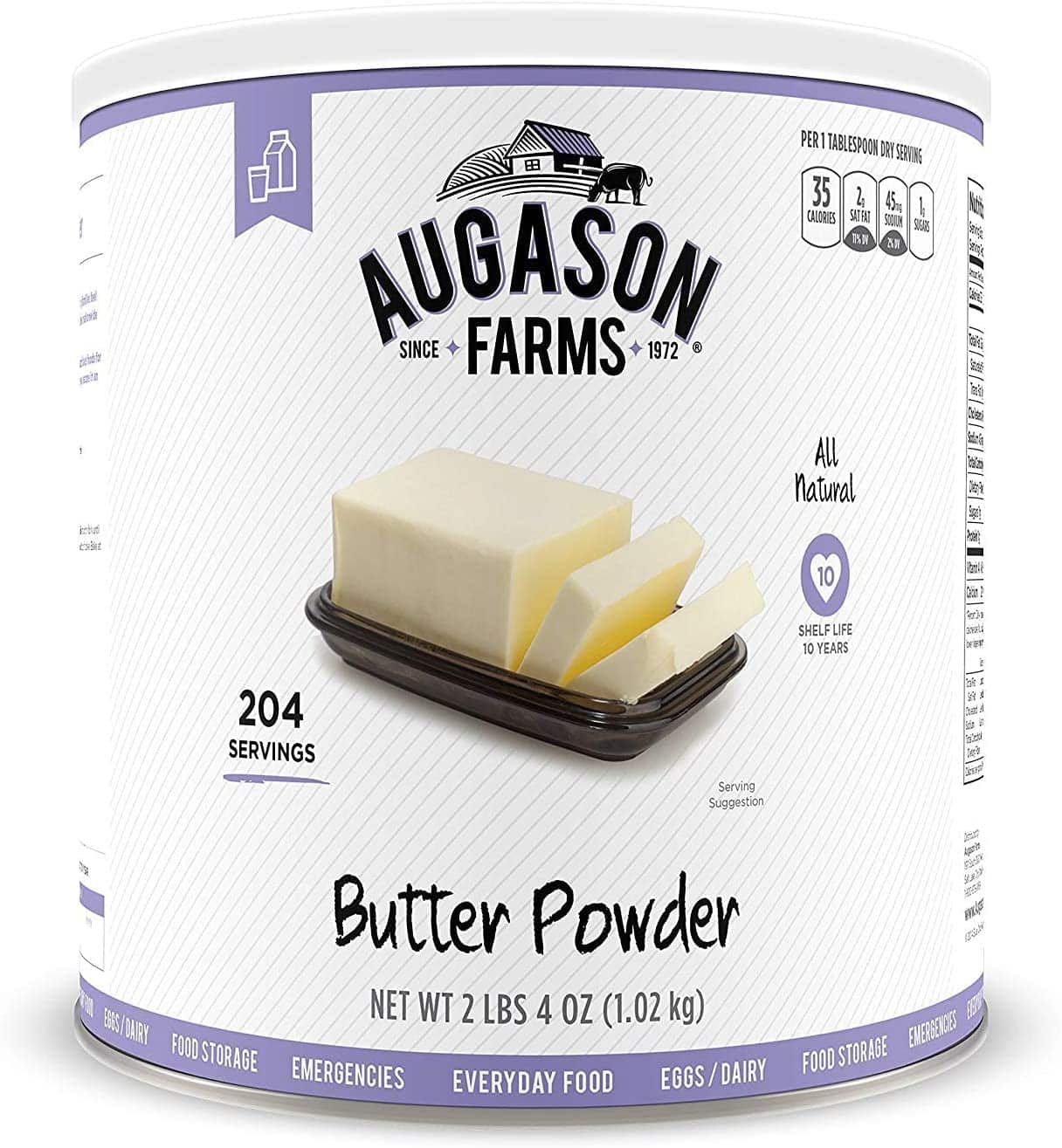
Because this ingredient is a common item in our kitchen, it offers convenience when you’re out of the cooking spray. When melted, butter can add a thin emulsion film on cookware surfaces and prevent food from sticking when cooked. And only a tiny amount is needed, so you don’t raise the fat content in your recipe. Plus, you can choose from regular to vegan alternatives when using it.
But butter tends to have a robust, creamy flavor, so take note when using it to replace cooking spray. It’s why it’s your best option for baking purposes, as the ingredients in this process tend to contain a significant amount already. And if you’re worried about additional salt, consider unsalted butter as a cooking spray alternative.
Lard or shortening
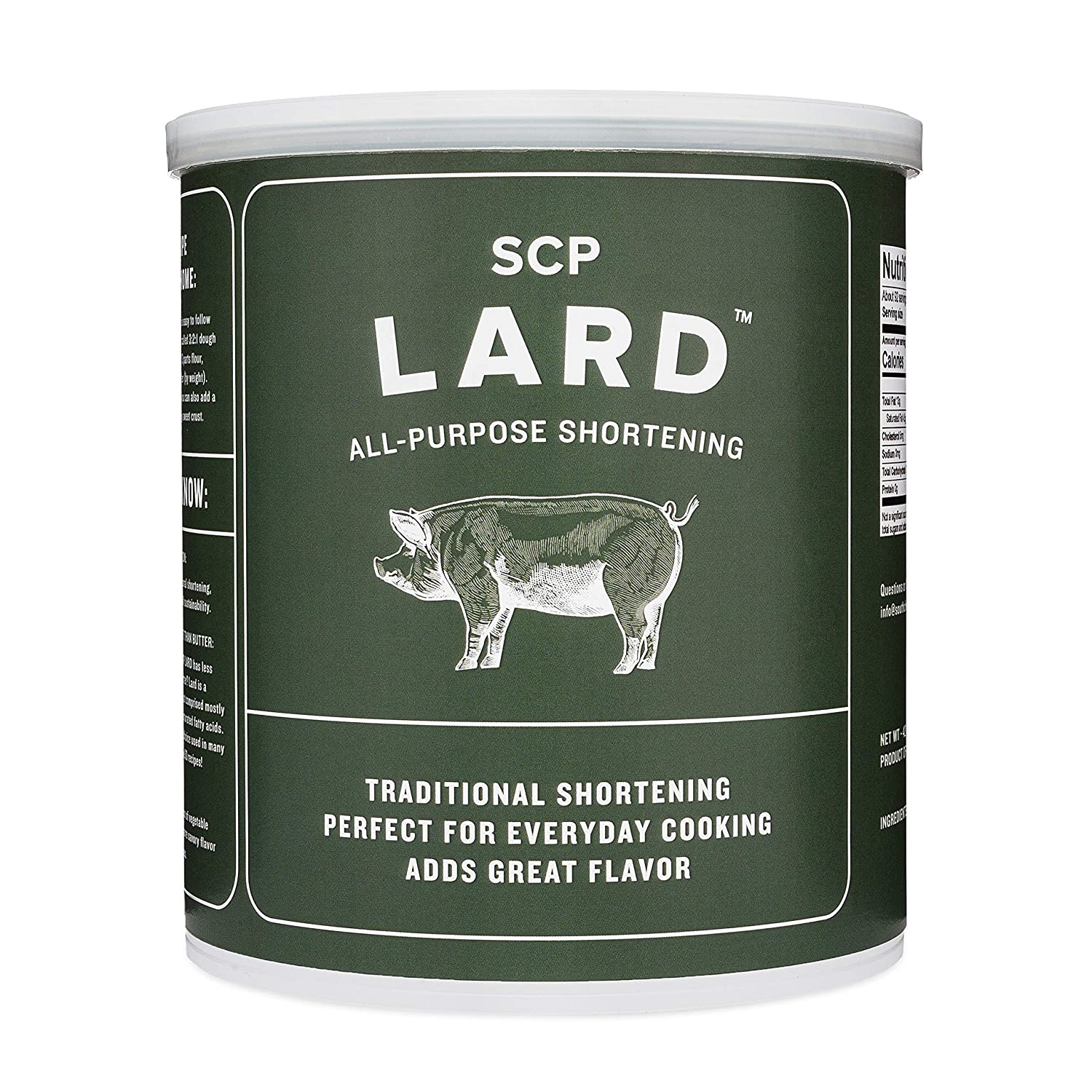
Both ingredients are made of 100% fat, and when melted, can add a non-stick layer on cookware surfaces. Lard is composed of animal fat, while most shortening found today are derived from plant fat. And a small amount of both ingredients is enough to coat any cookware surface for frying, grilling, or baking. Plus, they’re void of flavor and won’t add any additional taste to your cooking.
Flour
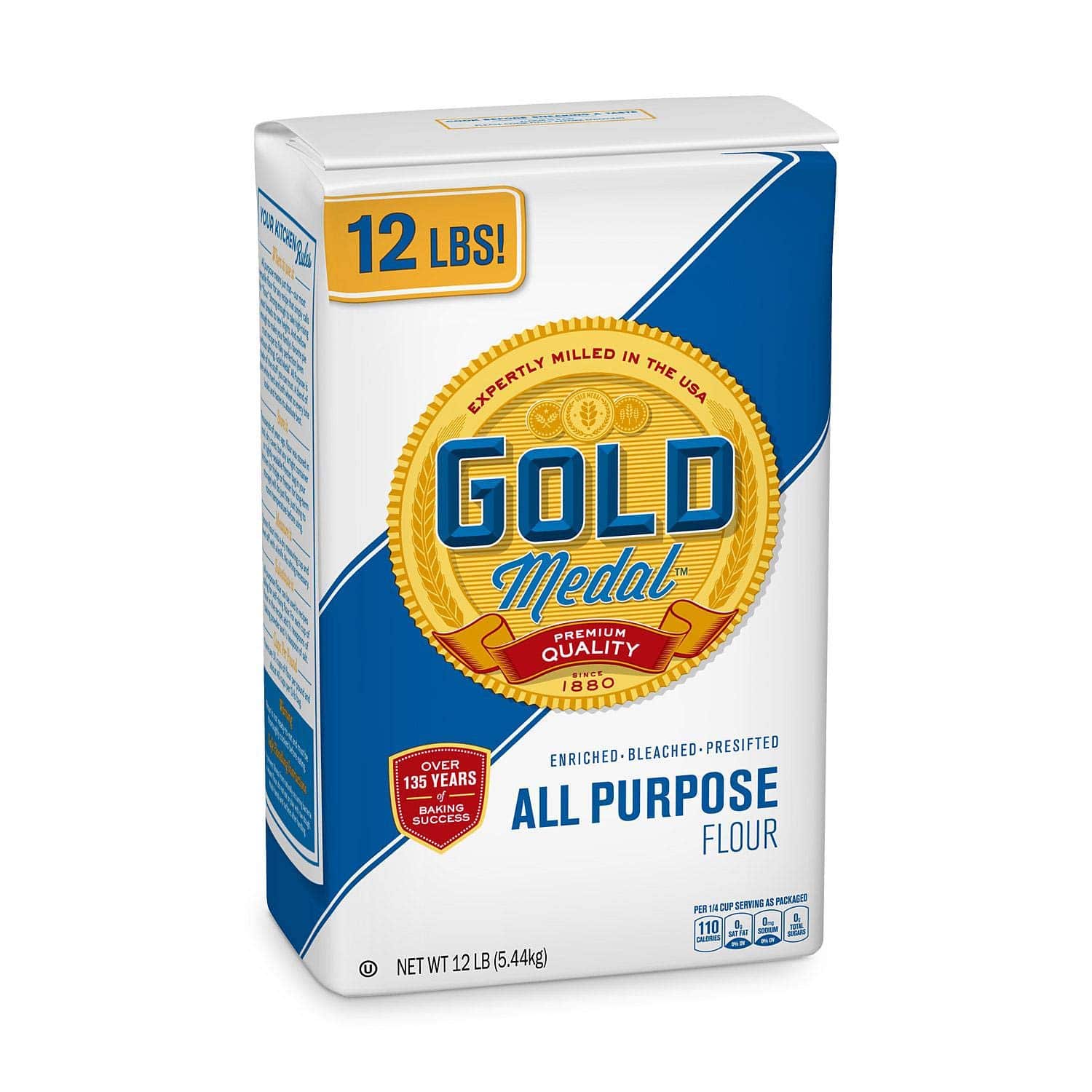
For baking purposes, you can dust some flour onto the pan before adding the batter or dough. And it’s the perfect way to provide a non-stick cooking environment without adding any extra oil to the recipe. Flour has been used for this purpose since time immemorial, especially when making bread. Because the dough is sticky, an even layer of flour on the pan will bake without sticking.
You can also use flour as a non-stick ingredient alternative for muffins, pies, cakes, scones, and other sticky baked goods. And for the best result, coat the pan with a thin layer of shortening or butter before sprinkling the flour on top. The fat will allow the flour to stick, providing a firm surface for baked goods to sit and cook.
Frequently asked questions (FAQs)
Can I make my cooking spray?
Yes, you can. Combine five parts of water with one part cooking oil in a spray bottle. Then, set the spray to mister so the mixture evenly covers the pan. Also, ensure that the bottle is clean and use distilled or bottled water for the mix.
Can I use coconut oil in place of cooking spray?
Yes, you can. Coconut oil works primarily in baking recipes, and you can coat a thin layer of it on the pan.
Is cooking spray healthy?
Cooking spray isn’t necessarily toxic, as most people fear. The additives are safe ingredients for consumption, and the propellants are alcohol-based. But note that the latter is flammable, so don’t spray it directly over a heat source.
Conclusion
There’s no doubt that cooking spray is a helpful item to have in the kitchen. But you can always replace it whenever you wish with any of these substitutes. And each one fits different culinary and dietary requirements. Plus, they give you multiple option values for one function.
